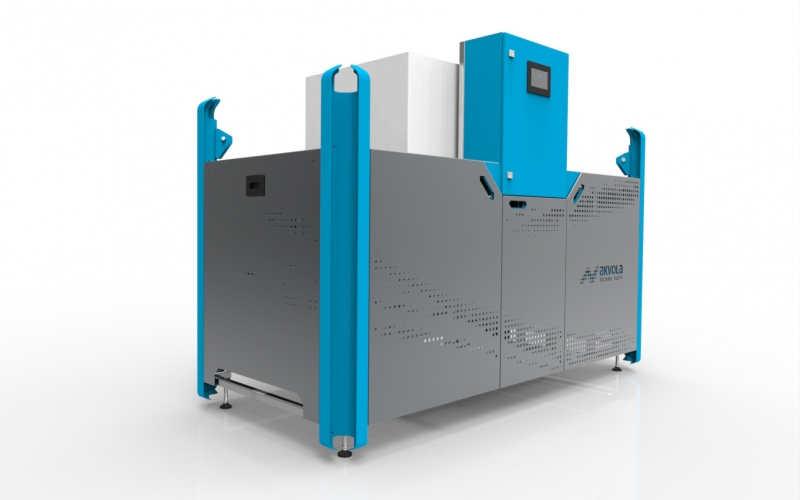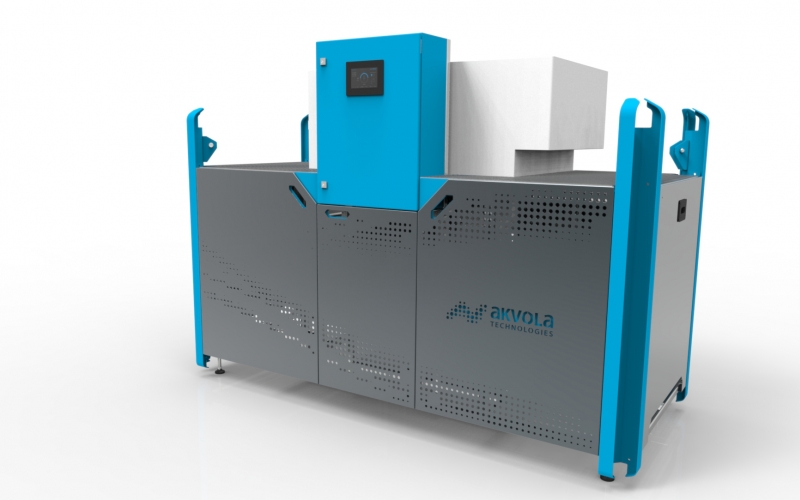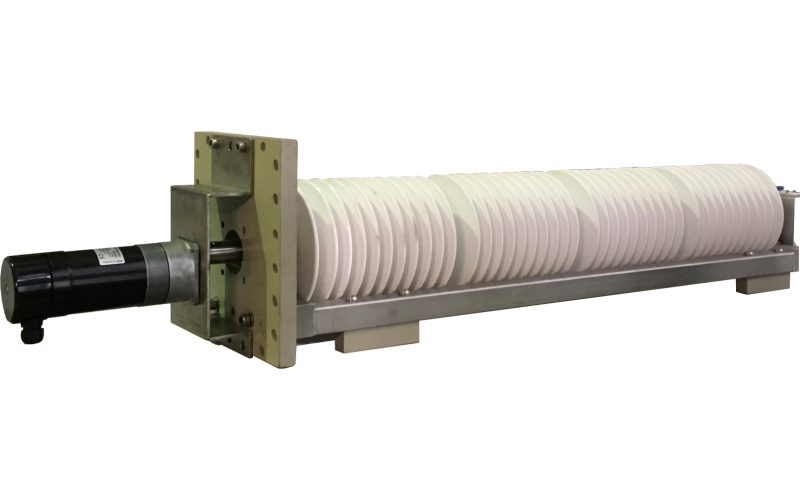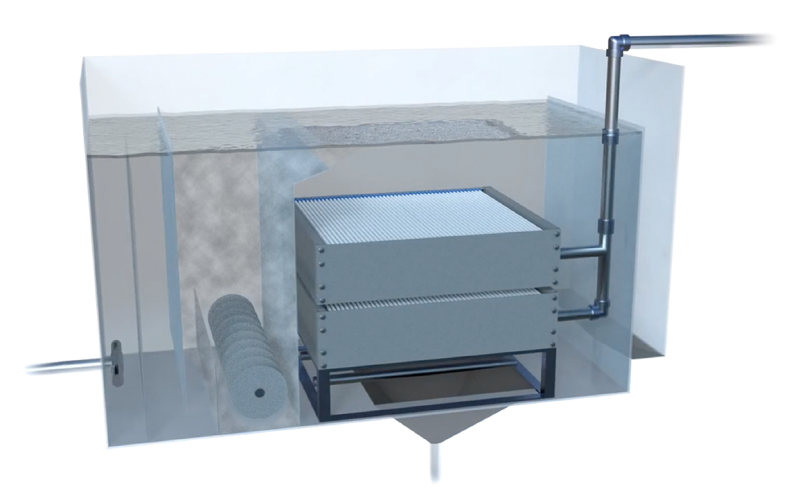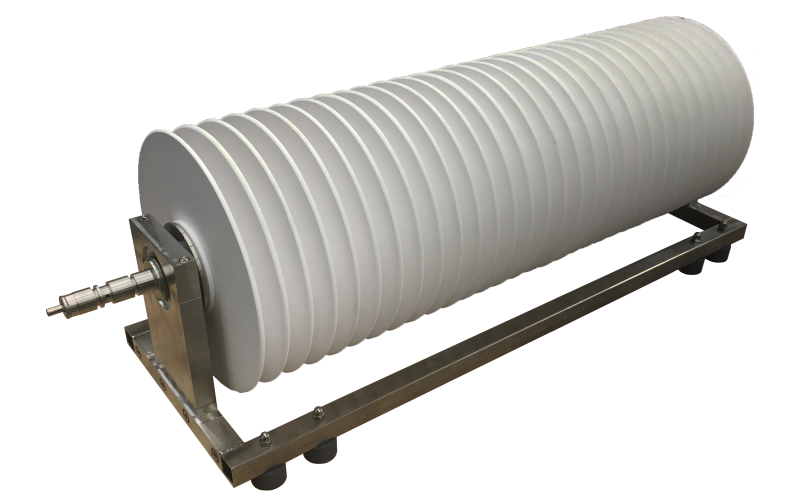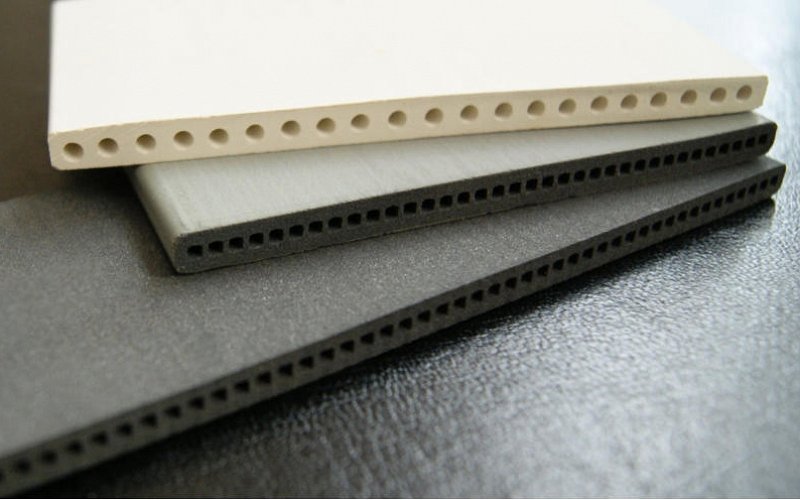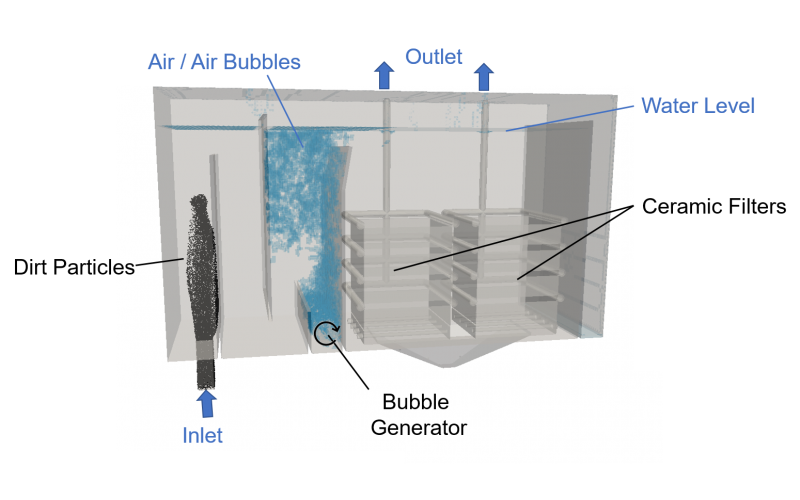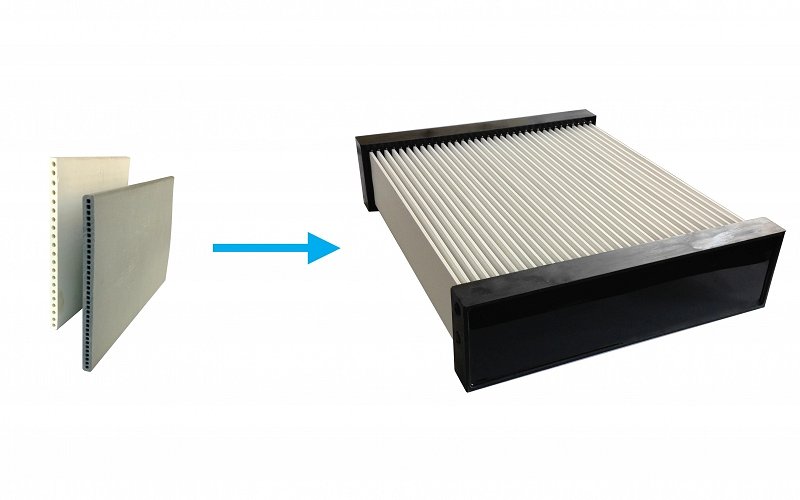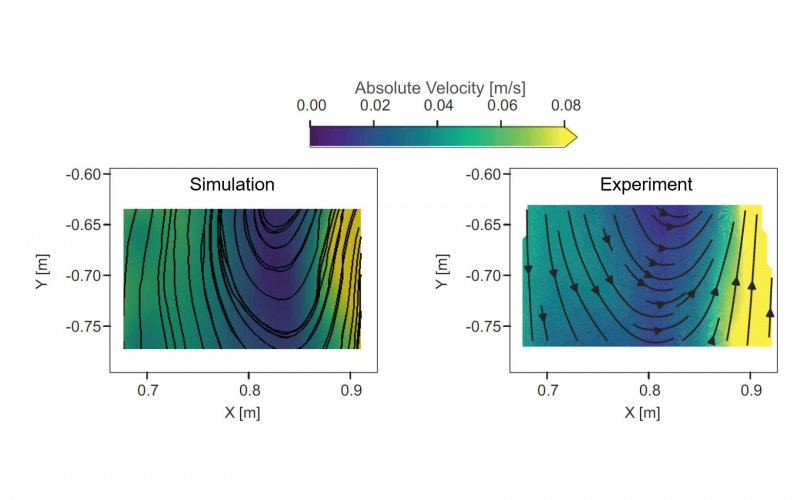CAE driven design of a water treatment plant
AKVOLA TECHNOLOGIES (End User) provides cost-effective and environmentally-friendly solutions to clean hard-to-treat industrial wastewater containing high concentrations of oil (free and emulsified) and suspended solids. NAVASTO (Application Expert) is a SME, which offers engineering services in the field of aerodynamics ranging from the conceptual design and implementation of fluid dynamics investigations, through the analysis of flow phenomena, to the development of complete product solutions. ARCTUR (HPC Provider), the Slovenian HPC centre, was the HPC Provider.
The Challenge
Enabling energy efficient and sustainable water cleaning is one of the main challenges of the 21st century, since clean water is already a rare resource in many regions of the world. To tackle future challenges imposed by fierce competition and increasing customer demands, Akvola as a first time HPC resource user, wanted research the viability of devising a water treatment plant entirely based on CAE technology from conception to start of production. The major goal of this experiment was to gain the ability to simulate an industrial-water treatment plant with sufficient accuracy using HPC. This would enable the end-user Akvola to improve their design process from an experiment-based workflow to a more economic CAE-based design process. The simulations have to deal with the complex three-phase flow inside the waste-water treatment device. This requires significant computing power and a validation of the numerical model against experimental data.
The Solution
During the experiment, investigations were conducted on a prototype plant to enable a calibration of the simulation process. After developing a reference cases for several aspects of the simulation, the resulting flow fields match very well with the experimental data. The validated and fully automated numerical workflow then could be used to identify regions inside the wastewater plants where the flow structures are unfavourable for the floatation-filtration process. Subsequent improvements can be evaluated with very short turnaround times. This speedup in the design process is enabled by the combination of the open-source software OpenFOAM in combination with cloud-based HPC.
Business Impact
Identifying the shortcomings of akvoFloat (a hybrid water treatment process consisting of flotation and filtration) and their mitigation through Computational Analysis saves time and energy for plant optimisation. This results in lowering the price of the plant and reduces the capital investment needed by end-users for new technology. Also, CFD can be used in adapting the plant to the type of the water, since every industry creates water of different qualities. Additionally, CFD-induced changes in the plant design reduce chemical and energy consumption and, in that way, reduce operational costs. These reductions translate into shorter payback times, which is the biggest driver for a sale.
The increased expertise in the field of multiphase simulation, hydrodynamic simulations and simulation process design will help Navasto to showcase their competencies and capacities at conferences, trade fairs and on the company’s website in order to increase the visibility of the company. This can be used to reach out to new customers and increase business. Potential end-users are manufacturers of water treatment devices and companies that design or manufacture devices with complex internal.
Benefits
- The advanced hydrodynamic design of the wastewater-treatment plant increases the filtration efficiency by 20%.
- The smaller size of the plants and the reduced energy and chemical consumption shortens the time to positive return on investment.
- The development costs and development time for new products are reduced.
Organizations Involved
End User: Akvola
Application Expert: Navasto
HPC Provider: Arctur


